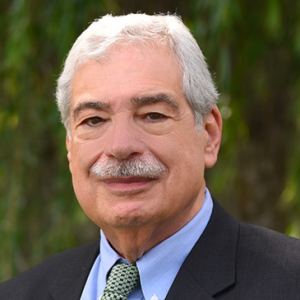SYRACUSE, N.Y. — Syracuse Mayor Ben Walsh on Thursday sharply criticized a bridge-inspection report by the New York, Susquehanna and Western Railroad (NYS&W) for the elevated railroad within the city.
The report that the NYS&W submitted to the Federal Railroad Administration (FRA) is “woefully inadequate to assess the full range of safety concerns that exist along the rail line.”
Walsh spoke to local reporters late Thursday morning at the intersection of West Onondaga Street and South Clinton Street in Syracuse, across from the scene of the collapse of a concrete section of the railroad bridge on to South Clinton Street on July 5.
(Sponsored)

Time to Prepare for OSHA’s new “Walkaround Rule”
In a development consistent with President Biden‘s growing reputation as leading the most pro-union administration in history, the Occupational Safety and Health Administration (OSHA) has published a rule allowing employees

How to Generate Staff Buy-In for Cloud Document Management
How businesses manage important documents has changed quite a bit throughout history. Information that used to be housed in filing cabinets and rolodexes is now stored digitally, often in one
The Syracuse mayor’s comment is included in a letter to Ronald Batory, administrator of the Federal Railroad Administration, which is part of the U.S. Department of Transportation. The City of Syracuse provided reporters a copy of the letter.
In the letter, Walsh said the “general statements of condition” part of the report provides “little information” regarding the condition of the structures beyond their “capacity to safely carry traffic.”
Noting the July 5 collapse, Walsh wrote that “this designation is, clearly, not sufficient to deem the structures as safe.”
He went to say that the report’s key sections also “call into question the reliability of the inspections performed.”
“For example, the area from which 30 tons of concrete fell into an active roadway is described as in ‘fair to good condition.’”
Walsh added that what is “most troubling” is “only 13 of the 35 structures were characterized as, ‘no safety hazards found.’ With the limited information provided, we can only conclude that the 22 remaining structures present safety hazards to the community.”
In an email response to an inquiry, an FRA spokesman tells BJNN that “FRA and [New York State Department of Transportation] track inspectors and an FRA bridge specialist have visited the site to inspect the track, to observe the bridge, and to examine the most recent railroad-bridge inspection reports. FRA is now in the process of auditing the [NYS&W] bridge-management program based on our field observations. The railroad is working to remove the bridge fascia sections and will give FRA 24-hour notice before train service resumes.”
The spokesman also indicated that the FRA administrator would have an official response to Walsh’s comments “soon.”
BJNN also requested comment from the NYS&W, which didn’t immediately respond.
Further requests
In his letter to the FRA, Walsh also requested that the administration require the NYS&W to provide the city full reports of the inspections completed this month by NYS&W consulting engineers.
“Summary reports are, clearly, insufficient to address safety questions,” the Syracuse mayor wrote.
Walsh also wants the FRA to require NYS&W to provide the city repair and maintenance plans with associated timelines to address the “full range of hazards that exist on, at least, 22 structures. This should include a plan for permanent replacement of the jersey barriers and repair and restoration of the sidewalls.”
Walsh is requesting that NYS&W provide written certification from a professional engineer verifying that putting the rail back into service “will not pose any public-safety hazards.”
Contact Reinhardt at ereinhardt@cnybj.com




